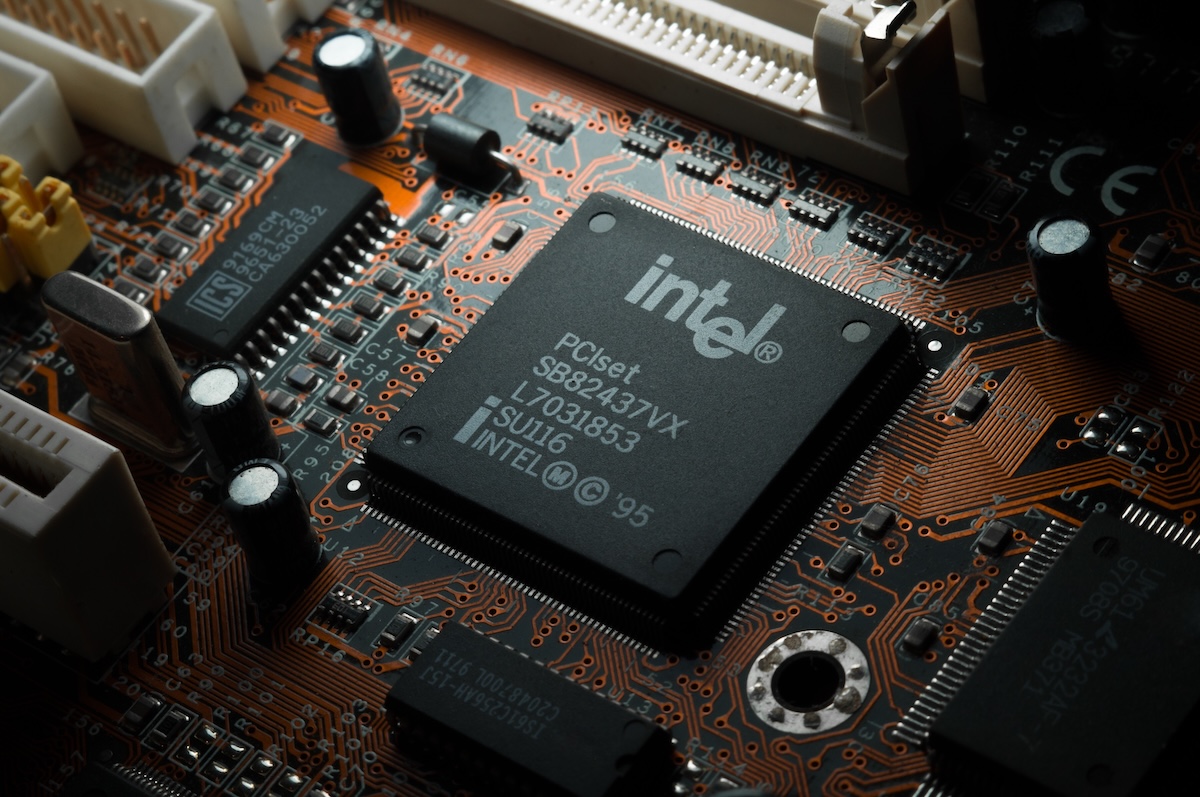
When KeyBanc analyst John Vinh downgraded AMD on Monday, much of the focus was on the sustainability of AMD’s AI business in China, especially if President Trump carries on with tariffs.
But buried in the note was a second warning: AMD could be at a disadvantage compared to rivals like NVIDIA (NVDA) and, surprisingly, Intel (INTL).
That might raise some eyebrows because Intel has spent years falling behind the likes of Taiwan Semiconductor (TSMC) and Samsung. Its stock is down over 67% in the past five years.
In January, The Wall Street Journal’s Christopher Mims noted that even AMD — once considered the perennial runner-up — had surpassed Intel’s data center chip revenue.
Now, Vinh says the gap could be closing. He sees Intel’s new 18A chipmaking process as a turning point, and a real shot at regaining marker share from AMD.
That includes its upcoming Panther Lake CPU, built on technology designed to support advanced AI processors and other cutting-edge chips.
If Intel can pull it off, it won’t just be a comeback; it might be a lifeline. Industry watchers say the success of the 18A process is critical to Intel’s future.
Manufacturing, meet MAGA
Intel’s board parted ways with former CEO Pat Gelsinger in December after a rough four-year run when sales fell nearly 30% and the stock dropped 61%.
Gelsinger’s comeback plan hinges on two major bets: the launch of Intel’s 18A chipmaking process and the creation of a new foundry business.
Unlike the traditional model where Intel manufactured chips solely for its own designs, the Intel Foundry would open its fabs to other companies.
That’s a bold move that bucks how the semiconductor industry typically operates.
Today, most of the industry is split: companies like NVIDIA design chips, while firms like TSMC manufacture them. Intel is trying to do both, and that’s what makes the Foundry bet so ambitious.
But with Donald Trump back in the White House, Intel’s American roots could turn into a powerful advantage.
The president has made it clear that reshoring semiconductor manufacturing is a top priority. And in an AI-driven economy, Intel is viewed as the only U.S. company capable of producing advanced chips on American soil.
“The Trump administration will ensure that the most powerful AI systems are built in the U.S. with American-designed and manufactured chips,” Vice President JD Vance said during an AI summit in Paris this February.
Shortly after, analysts at Baird noted that the administration was exploring a potential deal to make Intel and TSMC manufacturing partners inside the U.S.
In other words, Gelsinger’s effort to ramp up domestic chip production — including the $7.86 billion Intel received from the CHIPS Act — fits neatly into Trump’s “America First” agenda.
Now under new CEO Lip-Bu Tan, the company is bringing that vision back.
According to Reuters, Tan is revamping the Foundry strategy and pushing to land at least two major customers to ensure the business reaches a meaningful scale.
Executives told Reuters the effort hinges on winning high-volume deals, and two big names are already kicking the tires: Broadcom and NVIDIA are reportedly testing Intel’s manufacturing process.
Your email address will not be published. Required fields are markedmarked